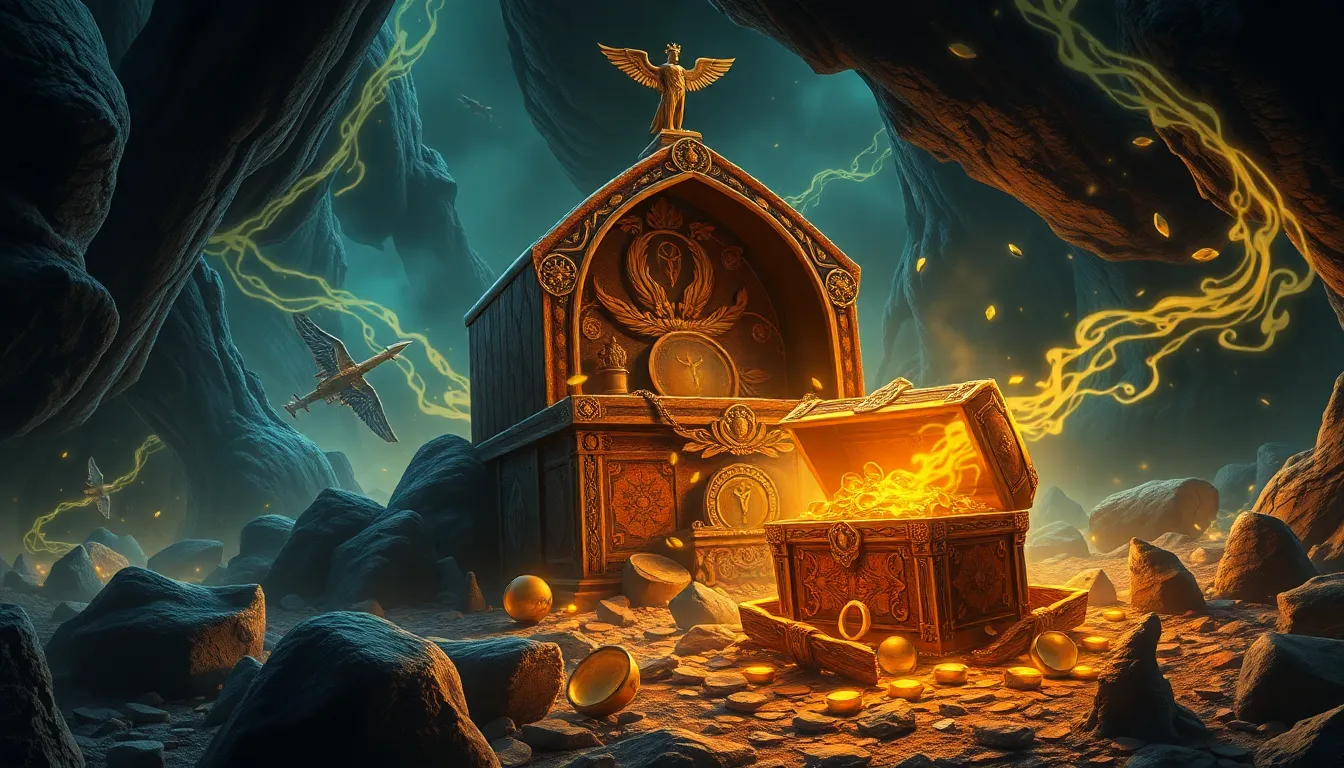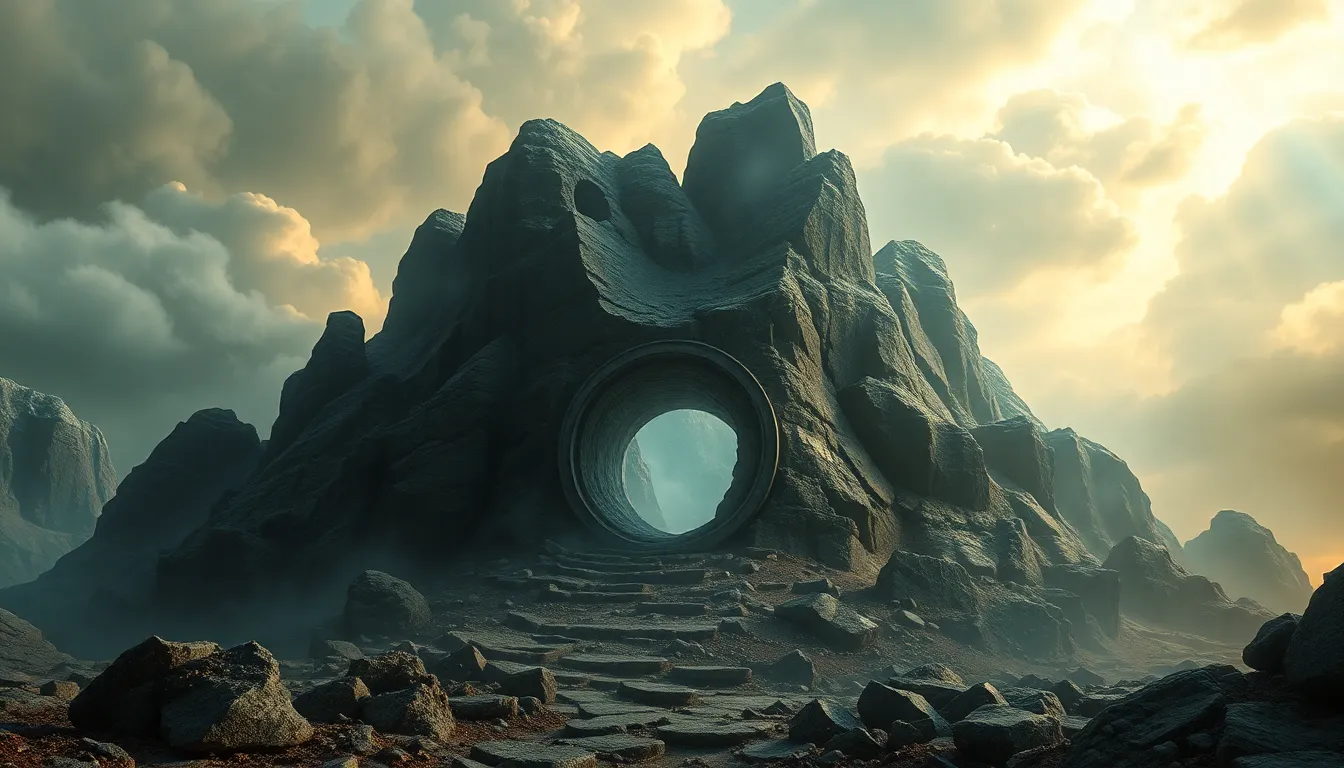The Quest for the Mythical Adventure: Legends of Excitement
I. Introduction to Mythical Adventures
Mythical adventures refer to epic tales that blend elements of fantasy, heroism, and the exploration of the unknown. These stories often take place in extraordinary worlds where the impossible becomes possible, and characters embark on quests that test their courage, wisdom, and resilience.
Storytelling has been a fundamental aspect of human culture, serving as a medium for sharing knowledge, values, and collective experiences. Through mythical adventures, societies have passed down lessons about morality, bravery, and the human experience, allowing generations to connect through shared narratives.
This article aims to explore the rich tapestry of mythical adventures, delving into their historical roots, common elements, cultural variations, and their impact on modern media. We will also examine the psychological appeal of these tales and ponder the future of adventure storytelling in an ever-evolving digital landscape.
II. Historical Roots of Adventure Legends
Mythical adventures have deep historical roots that can be traced back to ancient civilizations. These early tales often featured larger-than-life heroes who faced formidable challenges in pursuit of glory or knowledge.
A. Ancient myths and their heroes
1. Greek and Roman epics
Greek and Roman literature is rich with epic narratives such as “The Iliad” and “The Aeneid,” which feature heroic figures like Achilles and Aeneas. These stories encapsulate themes of honor, sacrifice, and the quest for identity.
2. Mythologies from various cultures
Every culture has its own mythology, from the Norse sagas of Thor and Odin to the heroic stories of Gilgamesh in Mesopotamian lore. These myths not only entertain but also reflect the values and beliefs of the societies from which they originated.
B. The evolution of adventure tales through the ages
1. Medieval legends
During the medieval period, adventure tales flourished with stories of knights and chivalry. The legends of King Arthur and his Round Table, filled with quests for honor and divine artifacts, exemplify this era’s fascination with heroism and adventure.
2. The influence of folklore
Folklore, with its oral traditions, has played a crucial role in the evolution of adventure tales. These stories often feature common people facing extraordinary challenges, showcasing the resilience of the human spirit.
III. Common Elements of Mythical Adventures
Mythical adventures share several common elements that define their narrative structure and thematic depth.
A. Hero’s journey archetype
The “Hero’s Journey,” as outlined by Joseph Campbell, is a narrative pattern found in many mythical adventures. It typically includes stages such as the call to adventure, crossing the threshold, facing trials, and ultimately returning transformed.
B. Magical realms and fantastical creatures
These stories often transport characters to magical realms filled with fantastical creatures, such as dragons, fairies, and gods. These elements serve to amplify the stakes of the adventure and enhance the sense of wonder.
C. Challenges and trials faced by protagonists
The protagonists in these adventures often face numerous challenges, which serve to test their resolve and character. These trials can include battles with monsters, moral dilemmas, or quests for lost treasures.
IV. Iconic Legends of Excitement
Several legendary tales stand out for their rich narratives and the excitement they bring to audiences.
A. The Quest for the Holy Grail
The quest for the Holy Grail is one of the most enduring legends, representing the ultimate search for divine connection and purity. Knights like Sir Galahad embarked on this quest, facing numerous trials along the way.
B. The Odyssey: Journey of Odysseus
Homer’s “The Odyssey” follows Odysseus as he embarks on a long journey home after the Trojan War, encountering mythical creatures and divine beings that challenge his cunning and resilience.
C. The Twelve Labors of Hercules
The Twelve Labors of Hercules present a series of daunting tasks that the hero must complete to attain redemption, showcasing themes of strength, perseverance, and heroism.
V. The Role of Mythical Adventures in Modern Media
Mythical adventures continue to captivate audiences through various forms of modern media.
A. Literature: From classic novels to contemporary fiction
Many contemporary authors draw inspiration from mythical adventures, creating rich narratives that resonate with today’s readers. Books such as “Harry Potter” and “Percy Jackson” have made these themes accessible to new generations.
B. Film and television adaptations
Blockbuster films and television series have brought mythical adventures to life, with adaptations of classics like “The Lord of the Rings” and original works like “Game of Thrones” gaining massive popularity.
C. Video games and interactive storytelling
Video games have emerged as a powerful medium for storytelling, allowing players to immerse themselves in mythical adventures, making choices that affect the narrative. Titles like “The Legend of Zelda” and “God of War” exemplify this interactive approach.
VI. The Psychological Appeal of Adventure Legends
Mythical adventures resonate with audiences on a psychological level, offering various appeals.
A. Escapism and the human psyche
These stories provide an escape from reality, allowing individuals to immerse themselves in fantastical worlds where they can explore their desires and fears without the constraints of everyday life.
B. The thrill of overcoming obstacles
Audiences often find joy in witnessing characters overcome adversity, reflecting their struggles and triumphs in their own lives.
C. Relating personal struggles to mythical quests
The challenges faced by heroes in mythical adventures often mirror personal struggles, making it easier for individuals to relate to the narratives and find inspiration in the characters’ journeys.
VII. Cultural Variations in Adventure Legends
While the core elements of mythical adventures may remain consistent, cultural variations enrich these narratives.
A. Comparative analysis of global myths
1. Asian legends
Asian myths, such as the adventures of Sun Wukong in “Journey to the West,” showcase unique cultural elements and moral lessons.
2. Indigenous stories
Indigenous cultures often feature myths that emphasize harmony with nature, community, and spirituality, offering a different lens through which to view adventure.
B. How cultural context shapes the narrative
Cultural context plays a significant role in shaping the themes, characters, and moral lessons in adventure legends, influencing how stories are told and received.
VIII. The Impact of Technology on Adventure Storytelling
Advancements in technology have transformed how mythical adventures are created and consumed.
A. The rise of virtual reality and immersive experiences
Virtual reality (VR) offers new opportunities for experiencing mythical adventures, allowing users to step directly into the story and interact with its elements.
B. The role of social media in sharing adventure tales
Social media platforms provide a space for sharing stories, fan theories, and adaptations, fostering a community of enthusiasts who engage with mythical adventures.
C. New platforms for storytelling: Podcasts and web series
Podcasts and web series have emerged as innovative storytelling mediums, allowing creators to explore adventure narratives in depth and reach diverse audiences.
IX. The Future of Mythical Adventures
The landscape of mythical adventures continues to evolve, influenced by trends in storytelling and audience engagement.
A. Trends in storytelling and audience engagement
As audiences seek more interactive and personalized experiences


